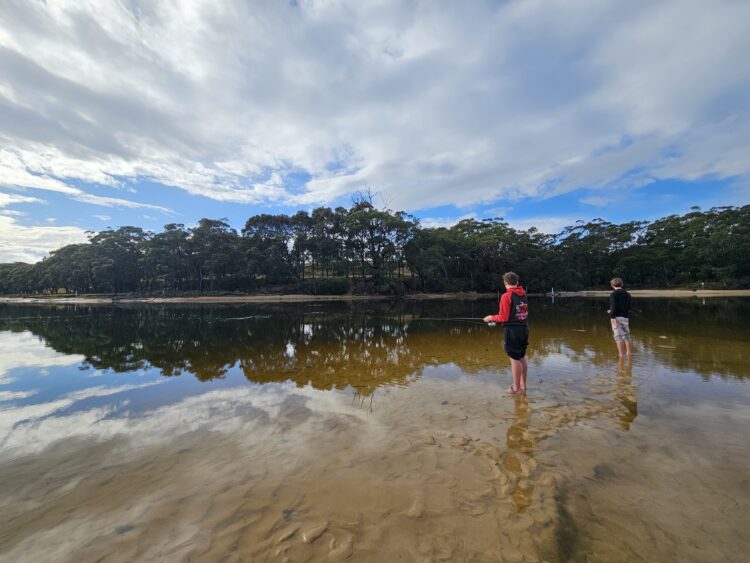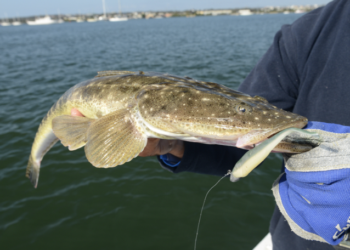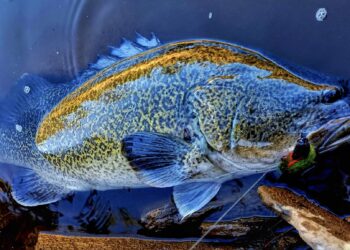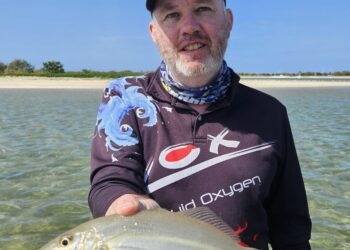MY disdain for cold weather is well documented.
It doesn’t help that I live in Australia’s undisputed cold weather capital – Canberra.
You’d think that after more than 50 winters here I’d be used to the bone-chilling cold – but I’m not.
The sky is grey, the air is icy and the fishing is grim.
It won’t be long before things start heating up on my happy hunting ground – the NSW far south coast.
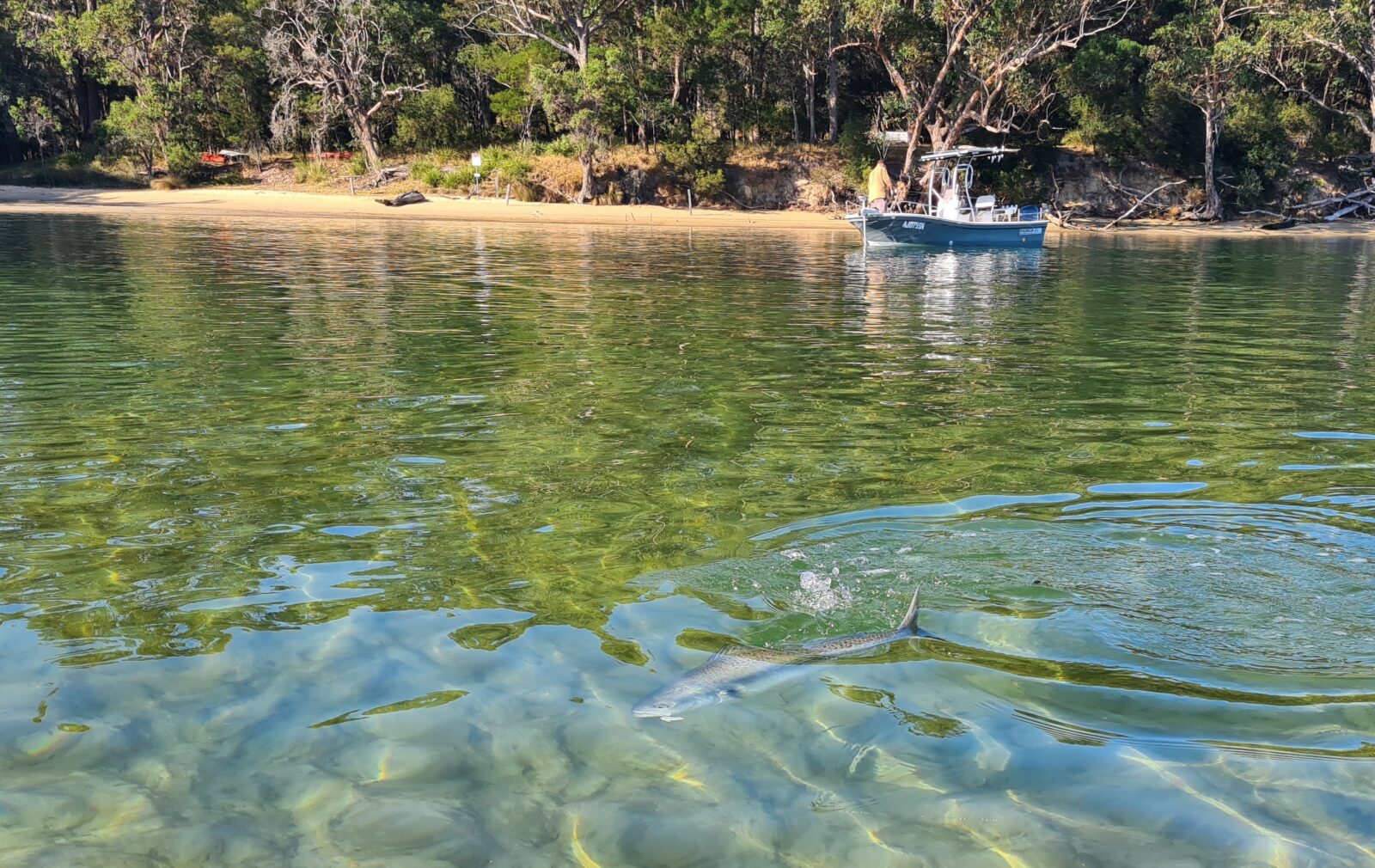
Those initial milder days that bring out the first few fish of the season are an instant cure for the winter blues.
But it’s not like flicking on a switch.
On the NSW far south coast, the weather – and the fishing – don’t suddenly improve as soon as it ticks over to September 1.
It usually takes a few weeks – sometimes more – for winter to truly release its grip on the south-east and for the fishing to follow suit.
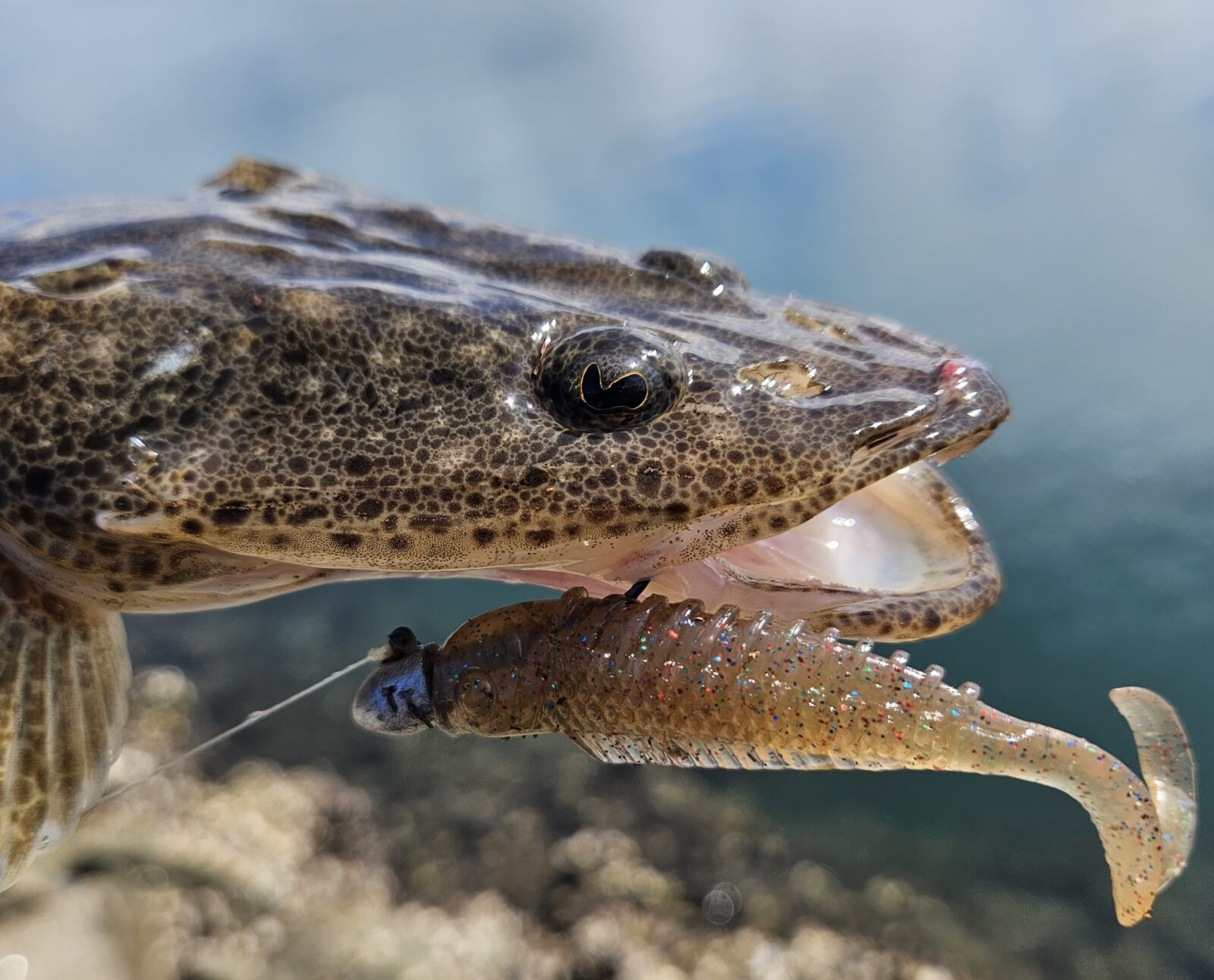
Looking back at my fishing diaries and social media posts, the first fish start to move in the far south coast estuaries on or around the spring equinox – that magical time of the year when the days start getting longer than the nights.
For decades, I’ve regarded this milestone – usually September 23 – as the day to start dusting off the light spin tackle, with species like flathead, trevally, perch, bream and whiting front of mind.
The ensuing weeks don’t necessarily dish-up the best fishing of the season – it can be inconsistent, thanks to fluctuating water temperatures and indifferent weather.
But they can be some of the most exciting periods to wet a line on the far south coast, especially if hungry fish are bursting out of the blocks.
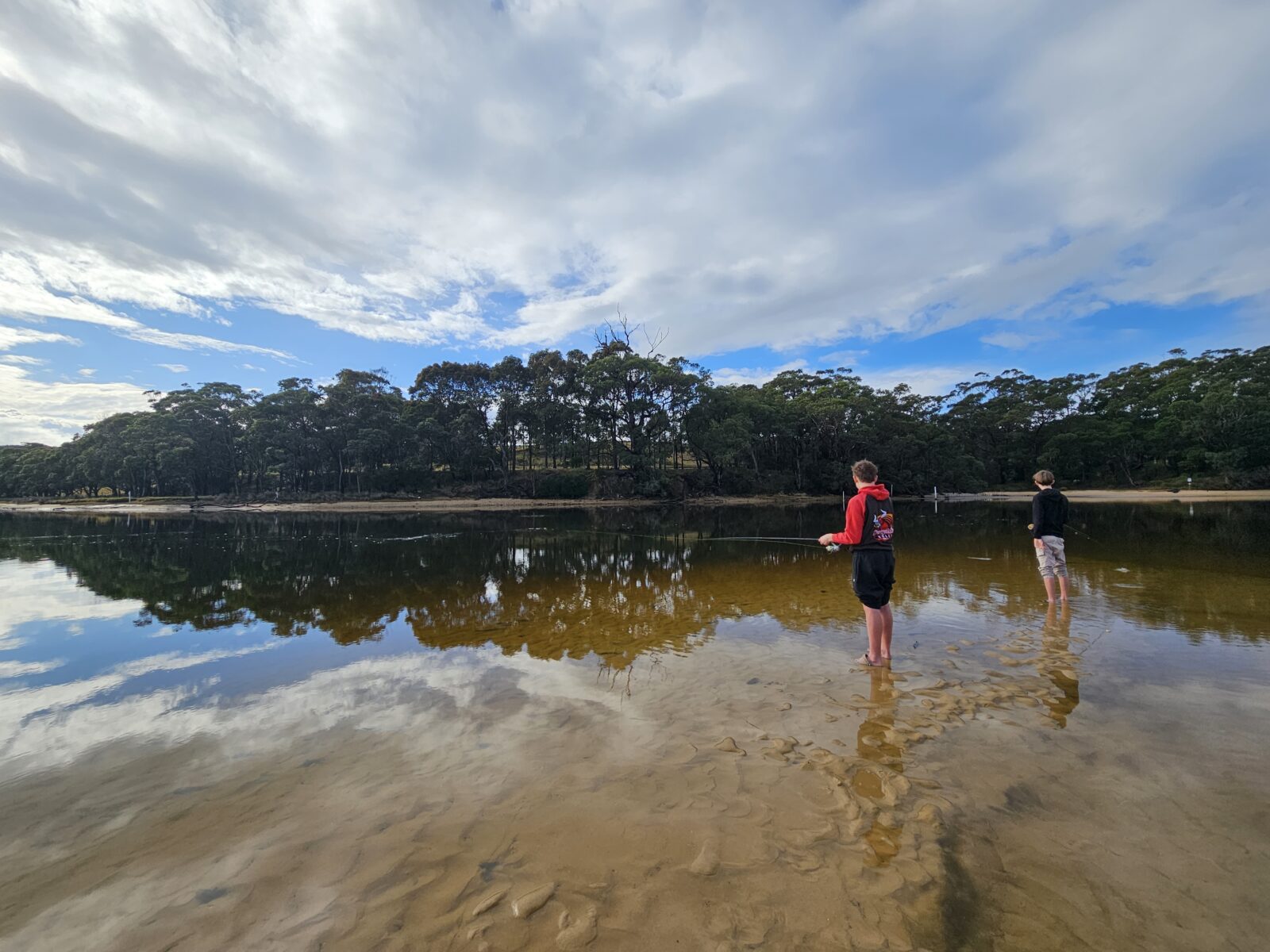
It is certainly one of the best times to come face-to-face with a truly big dusky flathead, with the genuine crocs often famished and active after a long winter hiatus.
The shallows are a great place to start. Water over the flats warms up first – the key is getting a succession of sunny 20-degree-plus days.
Once water temps creep up over to the 17 or 18-degree mark, the flatties will start to shake off their winter lethargy and attack lures with gusto.
The serious croc chasers throw swimbaits, bent minnows and big deep divers over the sandflats. It can be a case of many, many casts in between hits, but the rewards are obvious.
If you’re after more of a mixed bag, the drop-offs and channels are great areas to prospect in early spring for the ubiquitous flathead – plus trevally, tailor, flounder, bream and more.
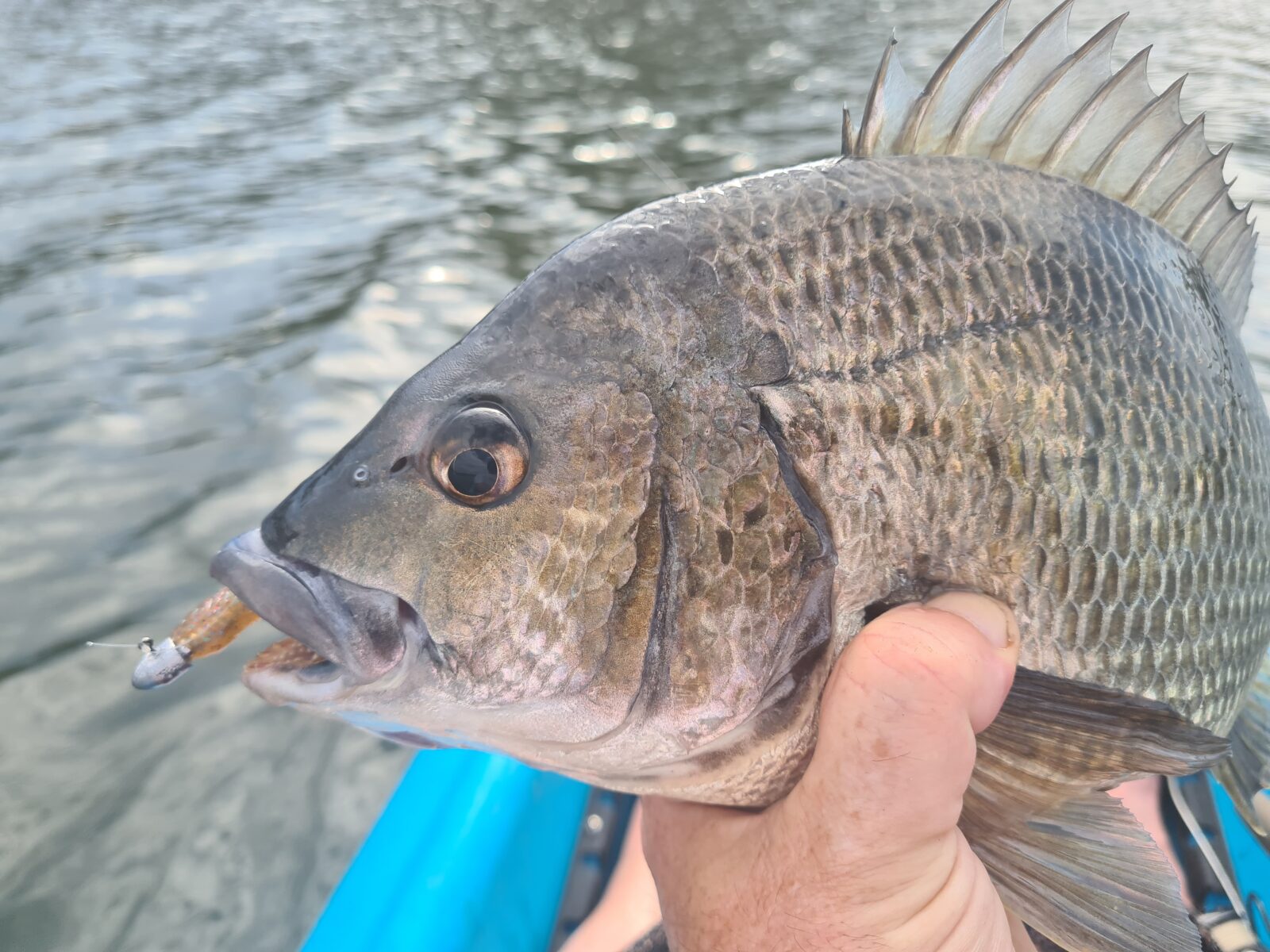
Whether I’m shore-based or floating around in my kayak, I’ll focus on areas between 1 and 4-metres deep, working mostly soft plastics or soft-vibes.
Again, the action can be unpredictable. Sometimes a little enticement, in the form of some scent applied to the lures, works wonders in turning the dial on a slow session.
I tend to work my lures a bit slower than normal, too, with lots of pauses. This also helps elicit strikes from lethargic fish.
Chasing bream around the weed edges, rock bars and timber snags is also high on my list during the first weeks of warmth.
Small suspending hard-bodied minnows are ideal and you will pick up plenty of by-catch flathead along the way.
If you’re experiencing hit-and-miss results, keep persisting and try a range of locations.
It’s amazing how a shift slightly upstream, downstream or around the next bend can reinvigorate early spring estuary fishing.
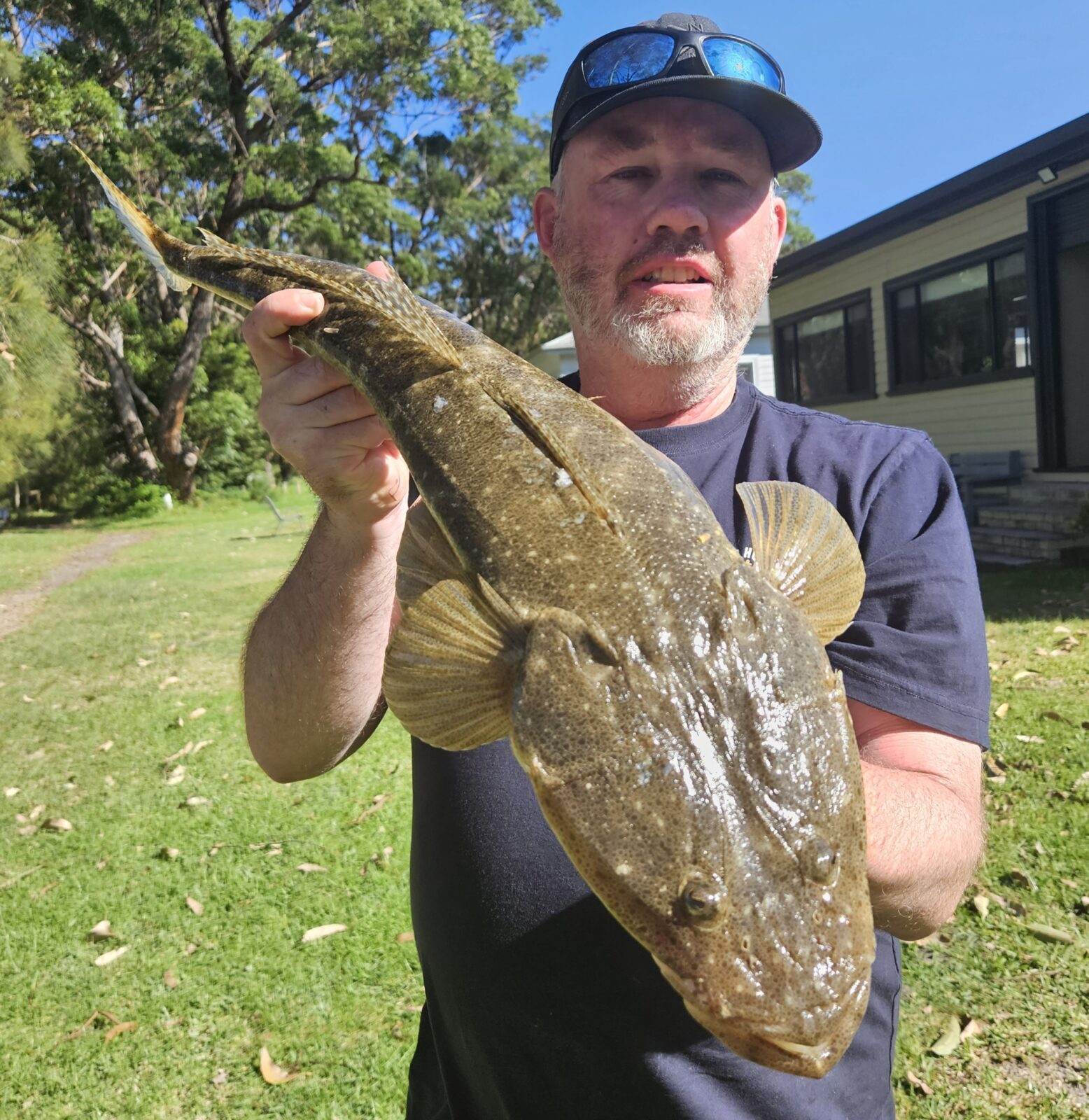
For instance, on the NSW far south coast, there are a few shallow lakes and backwaters that have largely mud bottoms.
Being darker than sand, the mud absorbs more heat and subsequently warms the water faster than in nearby systems.
These lakes are consistently a couple of degrees warmer than surrounding waterways in spring and tend to fish better earlier, especially for flatties.
Similarly, ocean water temperatures can still be icy in September and October, so the incoming tide is often much chillier than the outgoing.
Timing your session with the run-out, especially the last few hours of the falling tide, means you tend to enjoy slightly warmer – and fishier – water.
It’s a salient lesson for all early spring fishing – tiny variables can make or break a session at this time of the year.
In saying that, results don’t necessarily matter in September. It’s just good to be out on the water, soaking up some rays and watching winter disappear in the rearview mirror.
With the days gradually getting longer and milder, I’ve definitely marked September 23 on my calendar and can’t wait to hit the estuaries post-equinox.
I might see you out there!





